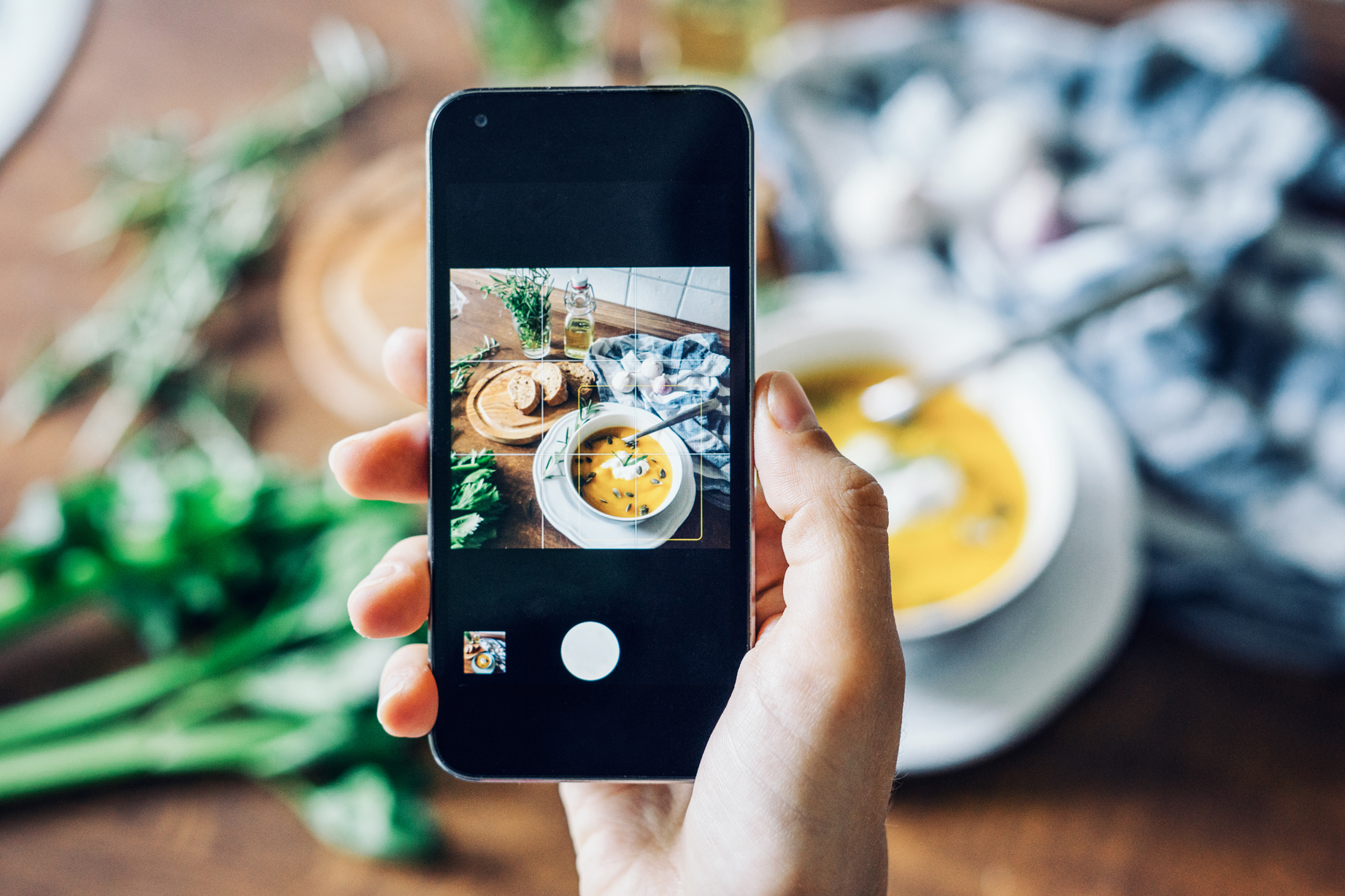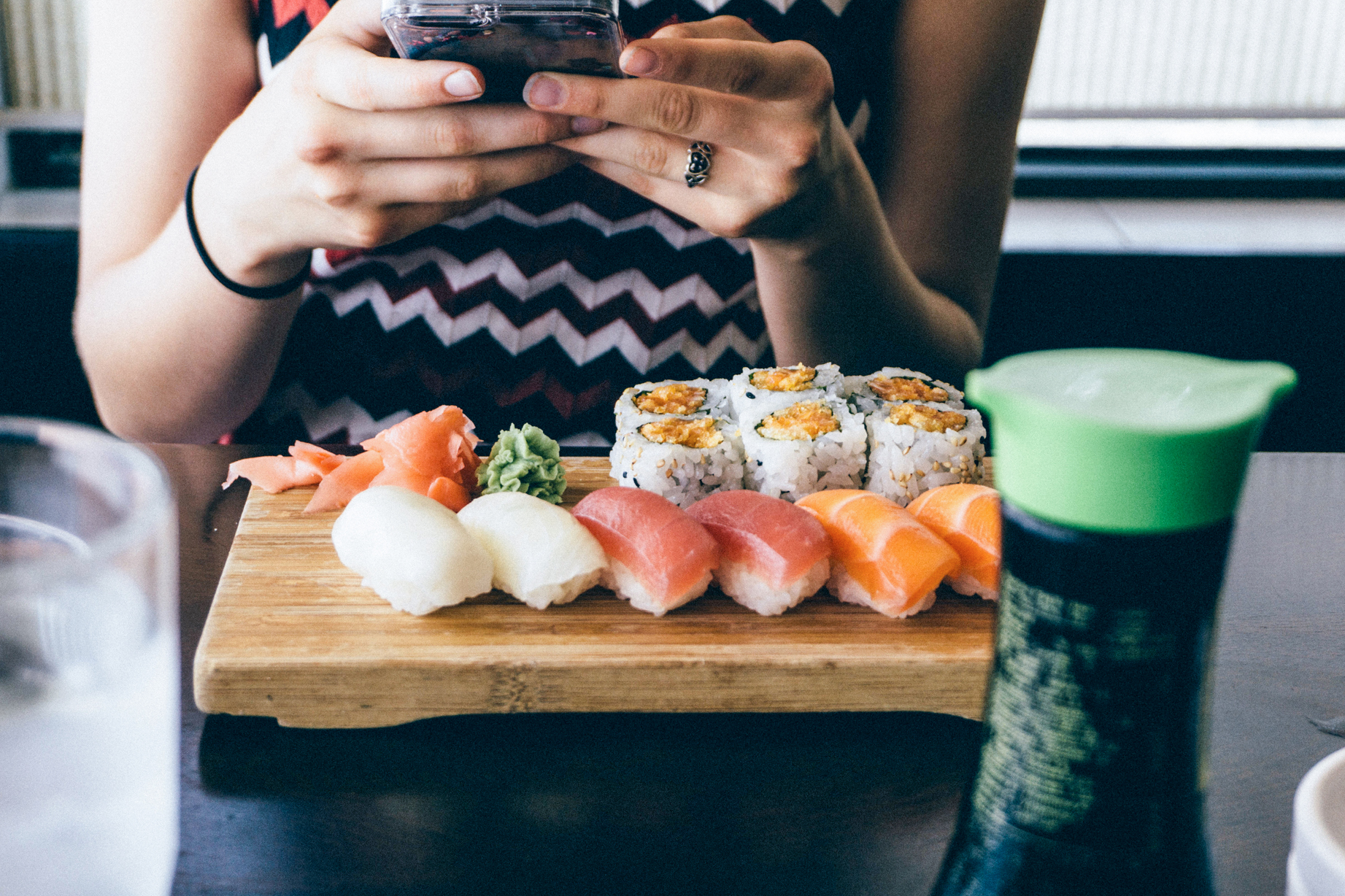Personalisation is now “essential” for food brands and retailers
In the second instalment of our findings from Food Matters Live, we focus on the power of personalisation.

Personalisation is transforming the face of the food and drink industry. One size no longer fits all, and brands must forge more meaningful connections with their customers if they wish to remain steadfast as new innovators enter the marketplace. From customisable labels to DNA-specific meal plans, businesses big and small are implementing tailored strategies and using innovative technology to create hyper-relevant experiences for their customers.
With product choice growing exponentially and many food brands fighting for consumer attention, it’s no surprise that a wise minority have raised their game with data-driven technology. American food giant, Campbell Soup invested in nutrition tech start-up, Habit, which uses data from an individual’s saliva to offer personalised food recommendations based on their unique metabolic system. Habit’s at-home test kit is the ultimate form of food personalisation, granting customers complete and effortless control over their diet.
While not every business is able to invest in DNA testing, there are other simple and effective ways to embrace technology and data in order to deepen your customer connections. As consumers, our hunger for informative and convenient experiences has seeped into almost all aspects of our lives, no less our culinary affairs. We want to be empowered, and more often than not we’re willing to hand over our precious data if it rewards us with a more relevant and tailored result in return.
From behaviours and attitudes to interests and perceptions, businesses can gather an abundance of information from multiple channels to enhance the customer journey. eCommerce alone offers food and drink brands a wealth of key insights such as purchase history and geographical locations, but it’s critical to recognise which information is genuinely useful, and which types of data can be harnessed to design a more relevant customer experience. It’s easy to get sucked into the chasm of data analytics, but by focusing on a small amount of relevant and quality data, companies can better understand their audience and tailor their strategy accordingly.
Of course when handling any data, businesses should strike the balance between thoughtful personalisation and protecting privacy. And with GDPR coming into force in May 2018 it’s important to understand what can and can’t be done with customer data.
So how can your business create more personalised customer experiences?
Email marketing is a highly effective method of delivering bespoke content directly to customers. And if done correctly, personalised emails can and will kick-start the purchase journey. Through database segmentation, businesses can cater messaging to different target groups and even offer discount codes (e.g. HelensTreat123) and vouchers relevant to a customer’s purchase history (e.g. Would you like another _____?). Tailored emails can be particularly effective as customers are often only partially aware of the intelligent analytics and algorithms defining the content they receive and it just feels like damn good customer service.
OpenTable’s email communications are a shining example of personalisation done right. The easy-to-use reservation app enables seasoned diners and novices alike to book tables at their favourite restaurants and collect points along the way. Once the customer has dined at a restaurant they’ll receive a simple email from OpenTable referring to their visit and encouraging them to review their experience. The restaurant-savvy company also sends customers an email containing personalised recommendations. Let’s say Helen is a regular user of the foody app and one week after her tasty dinner at Camino King’s Cross, she receives an email with the subject line, “Helen, your personalised restaurant recommendations”. Inside are suggestions based on Helen’s previous reservations with quick links prompting her to book. It’s personalisation and convenience bundled into one simple package and delivered straight to Helen’s inbox – the perfect recipe for a returning customer.
 Madrid, Spain – December 22, 2013: Crowds of people visiting Christmas Market on Plaza Mayor, Madrid
Madrid, Spain – December 22, 2013: Crowds of people visiting Christmas Market on Plaza Mayor, Madrid
But personalisation isn’t confined to any single platform. Brands are multi-channel entities that need to speak with one unified voice when interacting with customers, regardless of where. The more consistent the experience across channels, the more time a customer will spend engaging with the brand.
Social media in particular presents an ideal platform to personalise customer experiences in more subtle ways. From the speed of response to a tweet, to addressing a customer by name, a sprinkling of personalisation is often powerful enough to create an emotional connection. It’s these experiences that spark the customer’s desire to share their positive encounter and ultimately boost a brand’s image. Tone of voice (TOV) plays a part here too. Establishing a relevant TOV enables brands to interact with customers across all channels in a consistent and recognisable manner – even on product packaging. The question of how ‘human’ you want your brand to be is a complicated topic in itself, but by humanising customer interactions through social media, businesses can present a more empathetic demeanour and promote brand affinity.
Pizza franchise kingpins, Domino’s, frequently demonstrates the power of personalisation through social media. By perfecting a bold and fun tone of voice, Domino’s has established a relatable brand with convenience at its core. When customers tweet their frustrations, Domino’s are at the other end of the twittersphere to respond directly with quick, witty but definitive responses. The pizza franchise has also devised a number of simplified ordering mechanisms facilitated through social media – from a cheeky Facebook messenger bot that knows the customer’s name, to an #EasyOrder hashtag and pizza emoji. Domino’s has infiltrated the channels most commonly used to contact friends and family, to create quirky and more personal ways to interact with its audience. Although these methods are novel in some respects, their approach is relevant and consistent, which has undoubtedly helped them to secure a greater number of loyal customers.
In an industry that’s growing at a phenomenal rate, developments in personalisation are opening up a plethora of opportunities for food and drink brands to connect with consumers on a more personal level. Driven by data, it is helping to define our interactions, our purchase decisions and our loyalty.
Brands are getting personal, and it’s paying off.





